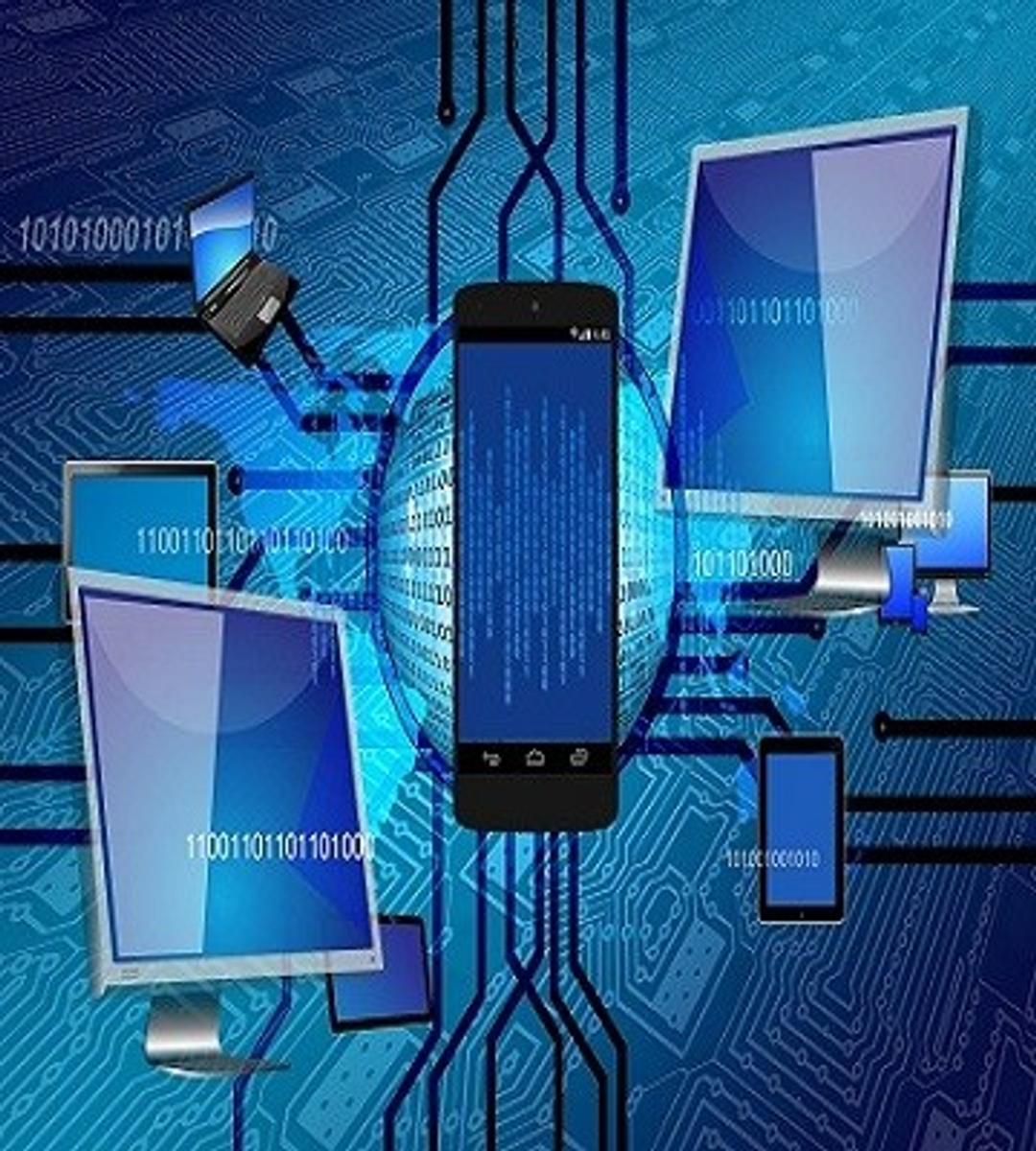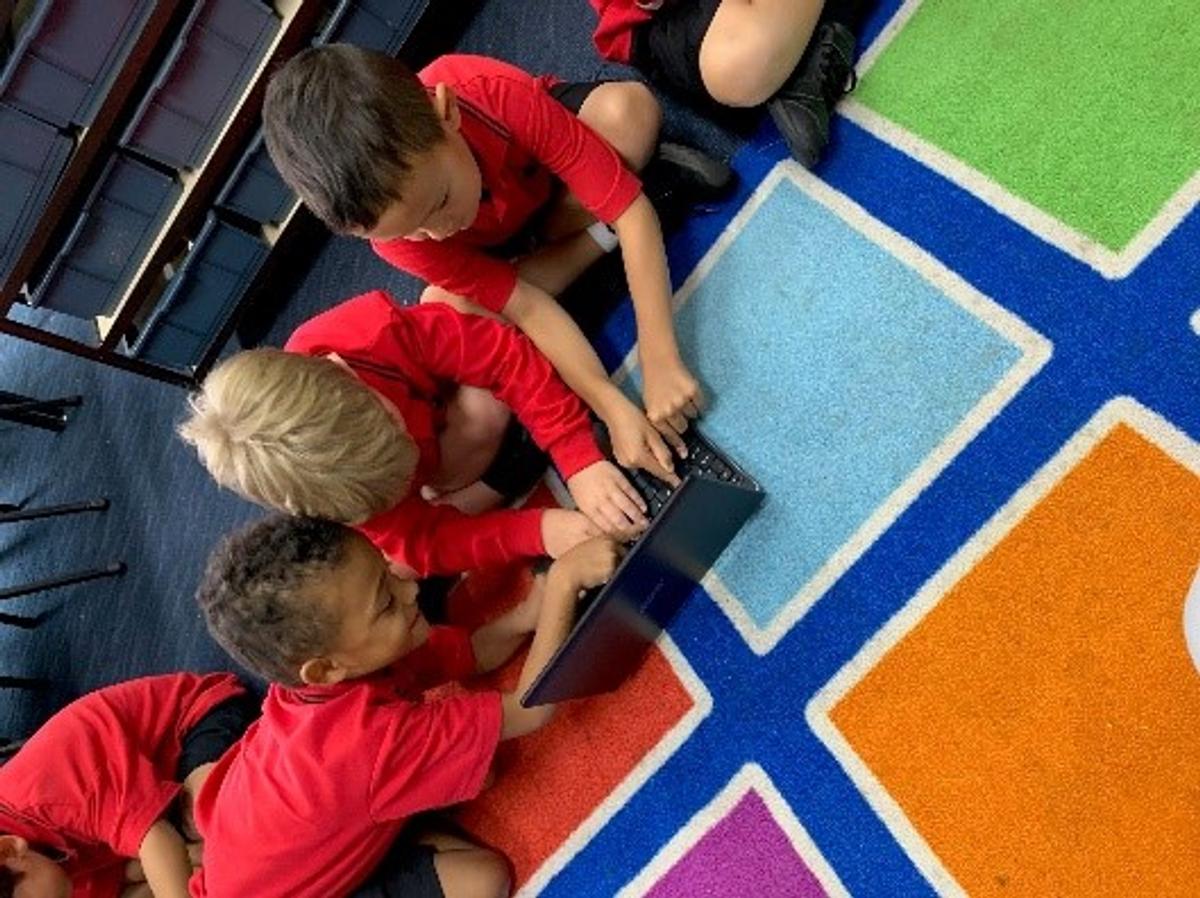Digital Technologies

It has been a very exciting start to the year with all classes being involved in Digital Technology. The changes have been very exciting and the engagement levels of the students has been very pleasing.
This term we have started exploring the components of digital systems across the school and the role that each one plays in creating a well rounded Digital System.
What is it?
The term digital system refers to elements such as hardware, software and networks and their use. There may be many different components that make up one system; for example, a computer has a central processing unit, a hard disk, keyboard, mouse, screen etc. A peripheral device is a digital component that can be connected to a digital system, for example a digital camera or printer.
Foundation - Year 2
Teaching Focus: Recognise and explore digital systems (hardware and software components) for a purpose.
The students in Foundation, Year 1 and Year 2 have been exploring the basics of computers and digital systems. Foundation students have begun reading “Hello Ruby – Journey Inside the Computer” and are exploring the parts of a laptop.
Year 1 and Year 2 students have looked at how technology has changed over time and how the once basic telephone has evolved into a powerful handheld computer with access to the world at our fingertips. This has led the student on a journey of looking at the individual parts of a computer and how they add to the total system.
Year 3 and 4
Teaching Focus: Identify and explore a range of digital systems with peripheral devices for different purposes, and transmit different types of data.
Year 3 and Year 4 students have begun using the laptops to explore the different types of peripheral devices we attach to our computers. These can be divided into Input, Output and Storage. We have also begun to explore what these components do and have created a 'What Am I?' to introduce the devices around the school.
Year 5 and 6
Teaching Focus: Examine the main components of common digital systems and how they may connect together to form networks to transmit data.
Year 5 and Year 6 students have begun their BYOD program and now have their iPads at school to assist with their learning. During Digital Technology classes we have signed into the Google Suite using our Department of Education usernames and passwords.
The Department credentials enable students to access our school Wi-Fi infrastructure and also a large range of resources provided free of charge by the Department. This includes access to the EduSTAR software catalogue that allows students to download software and applications to their home devices.
Over the coming weeks we will be exploring a range of applications that will assist in the learning process.
Mr Matt Jackson, Science and Technology Leader


